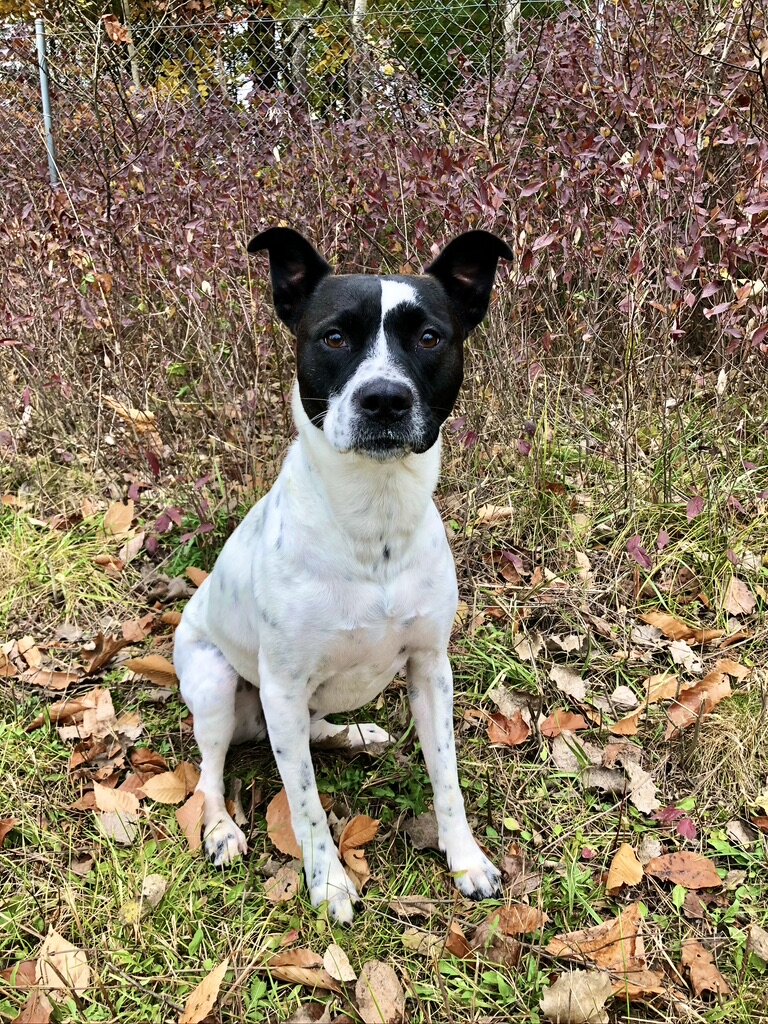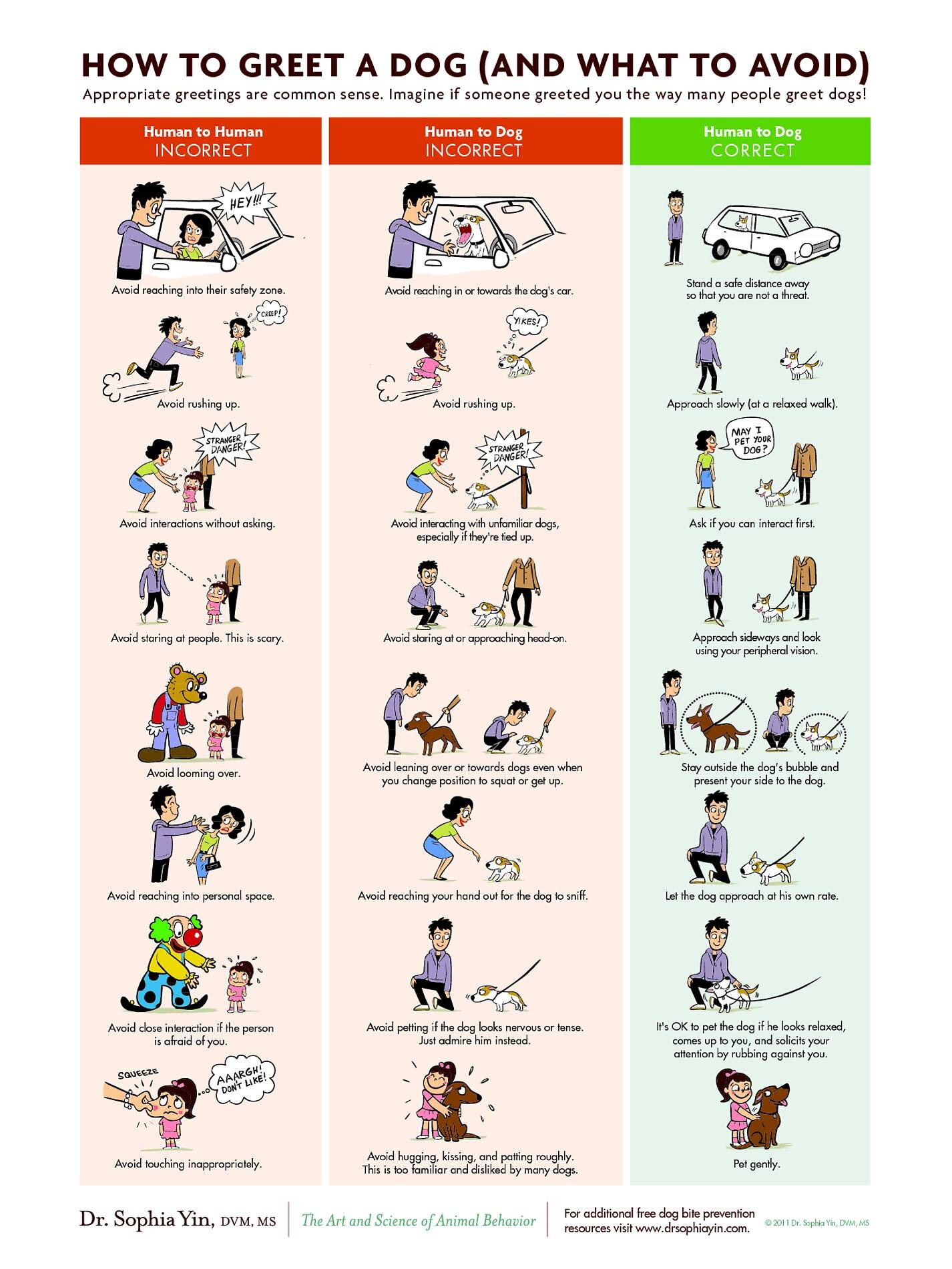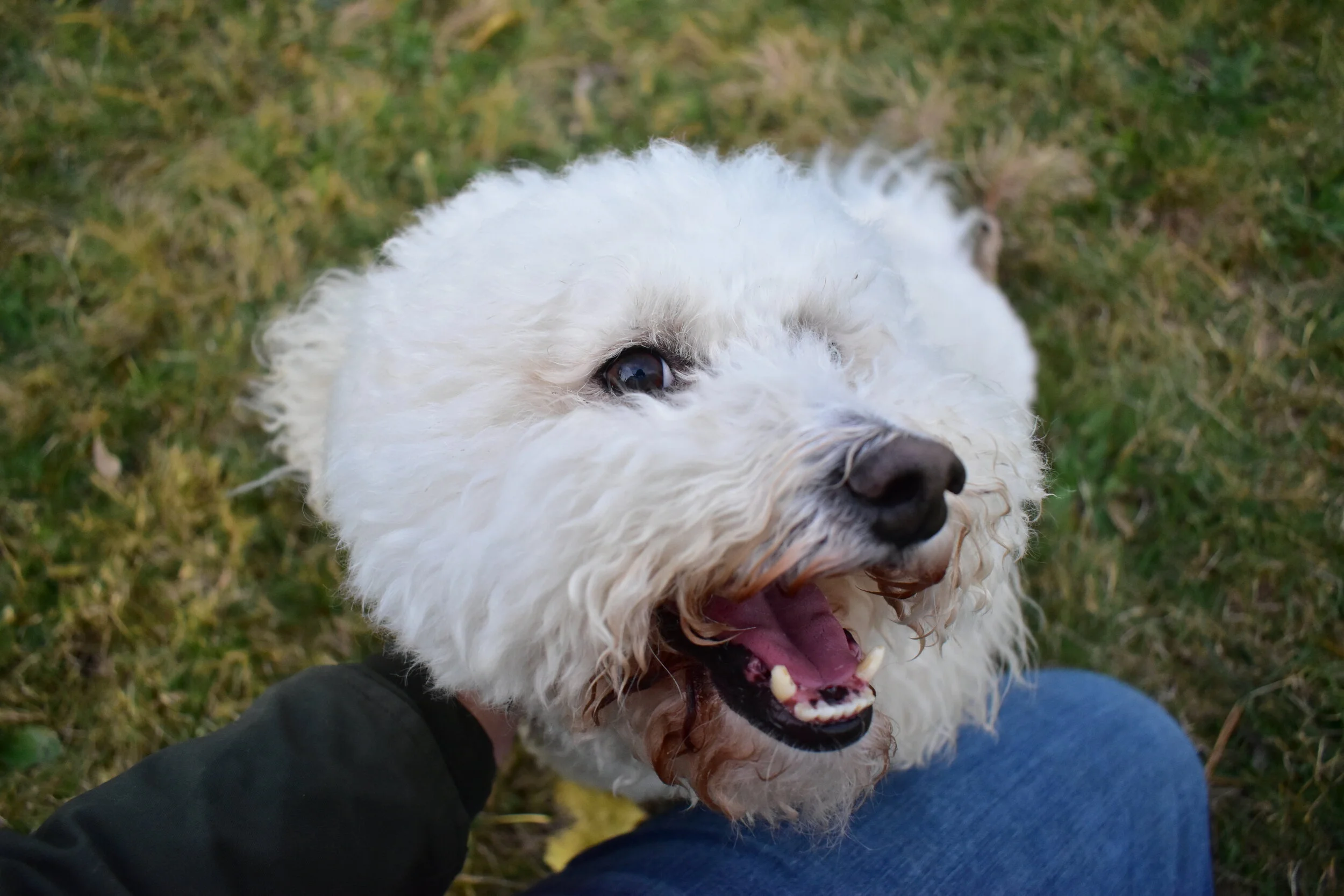Dog Body Language: Meeting & Greeting A New Dog
Whether you know a little or you know a lot, discussing Dog Body Language is no easy task. So that’s why we’re not going to! Instead, we’re going to create a mini series of Dog Body Language blogs because we believe that it would be more beneficial to look at dog body language in different scenarios.
Much like humans, dogs communicate through social cues, which are the signals that they give off through their body language. When social cues are missed or not interpreted correctly, they can lead to misunderstandings the situation.
Today we’re going to discuss the Dos and Don’ts of meeting and greeting a new dog for the first time. Whether you’re approaching a dog in public or meeting one for the first time in a shelter, there are things that you should and shouldn’t do. A lot of what we’re going to talk about is going to seem like common sense, but there could be some social cues that you could be missing. So let’s dive in!
DO ask the pet parent permission before approaching, but DON’T be offended and lash out if they tell you no. Just because the dog appears friendly doesn’t mean that it always is.
DON’T ever approach or ask to pet a service dog! They have a very important job and you distracting them from it could be detrimental to their human.
DO respect the owner’s commands. If they tell you to approach a certain way, respect that. DON’T disrespect the pet parent’s requests by completely ignoring them. Their dog could be working on issues or practicing certain commands and by ignoring their wishes you could be making their training more difficult.
DO respect the dog’s space. Just like people, dogs have personal space bubbles too. So DON’T put your face into the face of the new dog that you’re meeting, especially if they are nervous.
Dogs are reading your body language as well, so don’t lean over and stick your hand in their face or pat them directly on the head. Don’t make direct eye contact as some dogs interpret this as a hostile gesture and could make them even more uncomfortable.
How to tell if a dog is nervous:Slight cowering or major coweringPantingFlattened earsDarting eyesBarking/whining/low growlTail between legsTrembling
One social cue that we oftentimes misinterpret is when a dog rolls onto their back, exposing their stomach. This is not always an invitation to pet them, so it’s important that you look at the big picture and read all the signs. If you ignore the body language that they’re signaling to say “Back off!” you could risk pushing them to bite. If a dog appears nervous, it’s best to avoid making direct eye contact and giving them plenty of space.
By reading the entire situation and familiarizing yourself with dog body language and how it can change and mean different things in different situations, you are better preparing not only yourself but the new dog you’d like to say hello to for a positive experience. The last way you’d want a meet and greet to end is with a dog feeling even more stressed and anxious, or worse, a bite.



